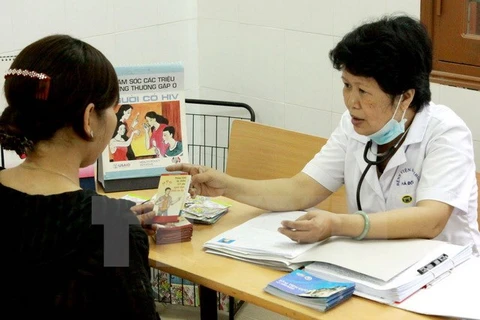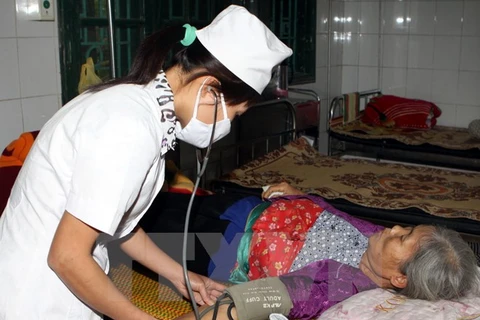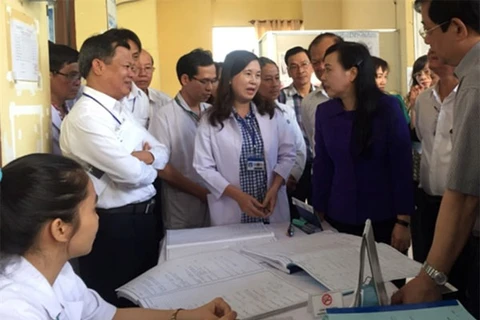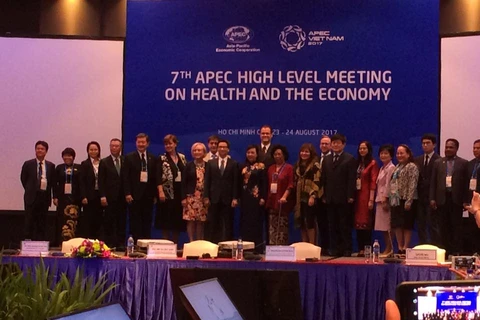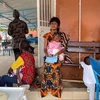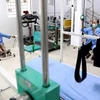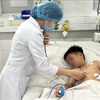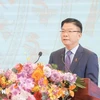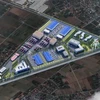Hanoi (VNA) – Minister of Health Nguyen Thi Kim Tien said it is a must to improve the quality and operational efficiency of grassroots-level health care centres in order to attract more patients.
Speaking at a conference in Hanoi on December 20 to implement the pilot model of enhancing capacity for medical centres at wards and communes, Tien said Vietnam has a network of 11,400 infirmaries which spread nearly 99 percent of wards and communes nationwide.
Thanks to the widespread coverage of health services, Vietnam has become one of the ten countries completing the millennium development goal relating maternal and child health, and successfully controlled and eliminated many dangerous diseases, the minister said.
However, she pointed to a range of limitations remaining at grassroots health care services such as low quality, limited capacity of health workers and the shortage of medicines, among others.
The health ministry has rolled out an action plan to implement the project on building and developing grassroots health care network in the new period during 2018-2020, Tien said.
To carry the project, efforts will be focused on professional skills, human resources, material facilities, equipment, financial supply, health care and IT application, she noted.
Dr. Kidong Park, Chief Representative of the World Health Organisation in Vietnam, stressed the significance of the renovation of the health system in Vietnam, explaining that it helps the country achieve the target of universal health care coverage.
The Vietnamese health sector should heed preventing non-contagious diseases and take people as the centre in health care services, the official suggested.
The model will be piloted in medical clinics of 26 wards and communes of eight cities and provinces, including Hanoi, Ho Chi Minh City, Lao Cai, Yen Bai, Ha Tinh, Long An, Khanh Hoa and Lam Dong.-VNA
VNA

